Art of Japan and richness of religion: Modern times and fusions of the past
Tomoko Hara and Lee Jay Walker
Modern Tokyo Times
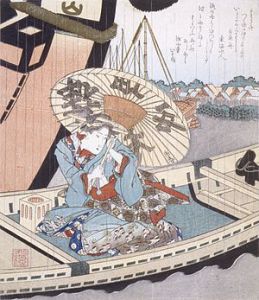
The Shinto faith runs deep throughout Japanese religion even when outwardly Buddhism may appear predominant. This is based on fusions and gentle ideas that have penetrated various different Buddhist sects. Indeed, even when it appears that both Buddhism and Shintoism have become marginalized by the structures of high rise buildings and delightful fashion areas of major cities in Japan, the old world remains even if in the shadows. On top of this, the power of the old world survives during traditional festivals and on important special occasions throughout the year.
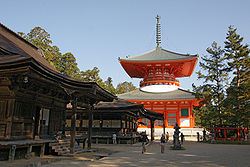
In line with highly modernized societies, you can feel the deep differences of rural areas and highly developed parts of Japan. Of course, you have special centers of religion throughout Japan. This notably applies to Koyasan, Kyoto, Nara, Negoro-ji, and Nikko. These areas of culture, faith, knowledge – and other powerful areas associated with high culture – vary enormously.
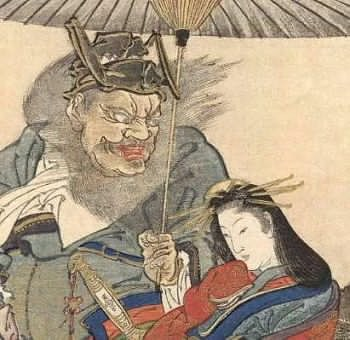
For example, the splendid majesty of Koyasan is based on the stunning backdrop of nature and the remoteness of this beautiful location that serves the Shingon Buddhist faith. Alternatively, in Kyoto, this city is highly developed and the population is relatively high. Therefore, despite many refined Buddhist temples in Kyoto, amazing museums, lovely gardens, and other realities connected to high culture, the reality of modernity shines within areas of refinement unlike in Koyasan.
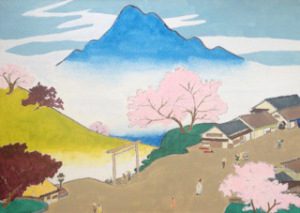
In the realm of Japanese folklore and the spirit world then you have normal areas like art galleries and kabuki plays that naturally flow with high culture. Similarly, films and dramas sometimes dwell on the old world of demons, ghosts, and spirits. Likewise, Japanese animation and other areas related to modern culture may fuse aspects of the old world from time to time.
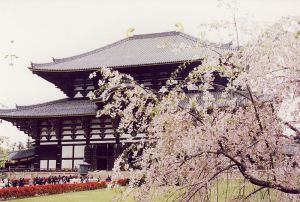
The power of ghost stories during the Edo and Meiji periods of Japanese history were also cherished based on natural entertainment and the power of folklore. Hence, areas of ukiyo-e and kabuki focus on this angle. Indeed, some modern murders were portrayed in both ukiyo-e and kabuki despite the grisly nature of the topic. Alternatively, the natural old world of demons, ghosts, and spirits became popular themes for many ukiyo-e printers and artists.
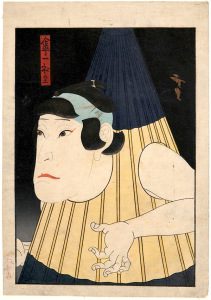
The spirit of the old word in various realms equally connects strongly with aspects of Japanese animation. Therefore, several of the most powerful animation films in history were based on this reality. This applies to Spirited Away and the rich underlying themes of culture and folklore in Princess Mononoke. Hence, the old world of Buddhism, Shintoism, folklore, and other areas of Japanese culture remains potent in modern Japan.
http://sawakoart.com – Sawako Utsumi personal website
http://fineartamerica.com/profiles/sawako-utsumi.html – Sawako Utsumi and where you can buy her art, postcards, bags, and other products. Also, individuals can contact her for individual requests.
http://www.toshidama-japanese-prints.com/
http://toshidama.wordpress.com/
Modern Tokyo News is part of the Modern Tokyo Times group
DONATIONS to SUPPORT MODERN TOKYO TIMES – please pay PayPal and DONATE to sawakoart@gmail.com
http://moderntokyotimes.com Modern Tokyo Times – International News and Japan News
http://sawakoart.com – Sawako Utsumi personal website and Modern Tokyo Times artist
https://moderntokyonews.com Modern Tokyo News – Tokyo News and International News
http://global-security-news.com Global Security News – Geopolitics and Terrorism
PLEASE JOIN ON TWITTER
https://twitter.com/MTT_News Modern Tokyo Times
PLEASE JOIN ON FACEBOOK
https://www.facebook.com/moderntokyotimes
